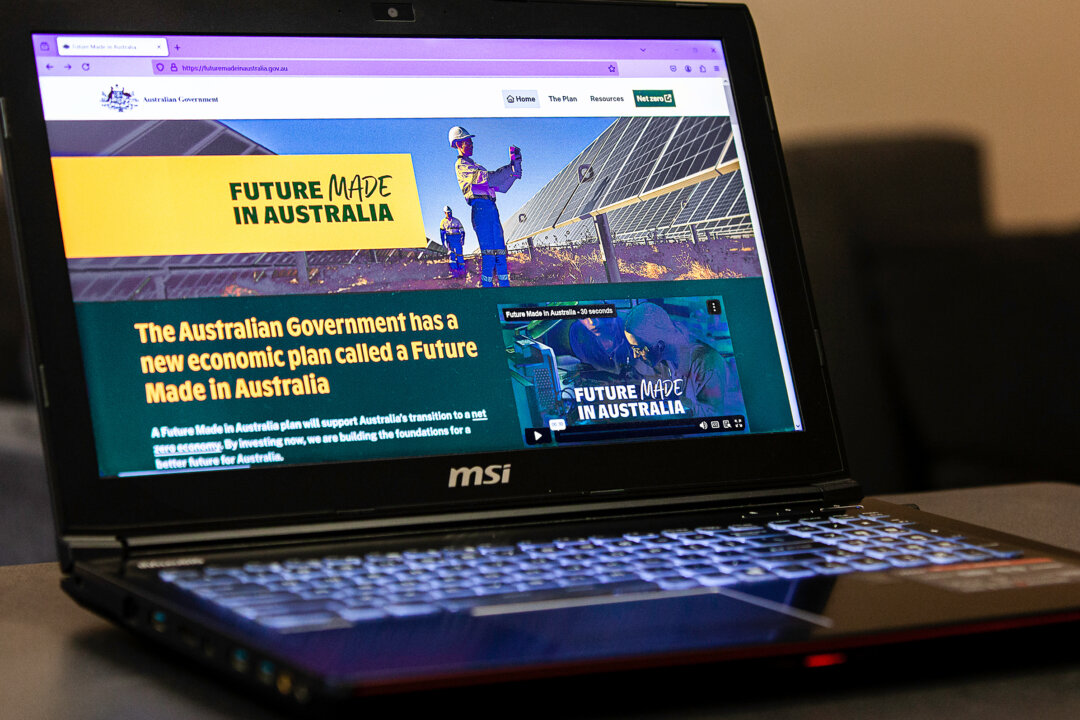India and Australia are expanding their partnership in critical minerals as part of a strategic response to mounting global supply chain challenges and the shift toward clean energy.
With rising geopolitical tensions and unilateral trade barriers, both countries are deepening cooperation to secure access to essential raw materials vital for the production of renewable energy technologies.
“As the world navigates an increasingly fragmented trade landscape marked by unilateral tariff impositions and shifting geopolitical alliances, the case for international cooperation has never been stronger,” said Anindita Sinh, research analyst at the Centre for Social and Economic Progress (CSEP) and lead author of the report that underpins this analysis….
India, Australia Strengthen Critical Minerals Partnership to Tackle Global Supply Chain Risks

